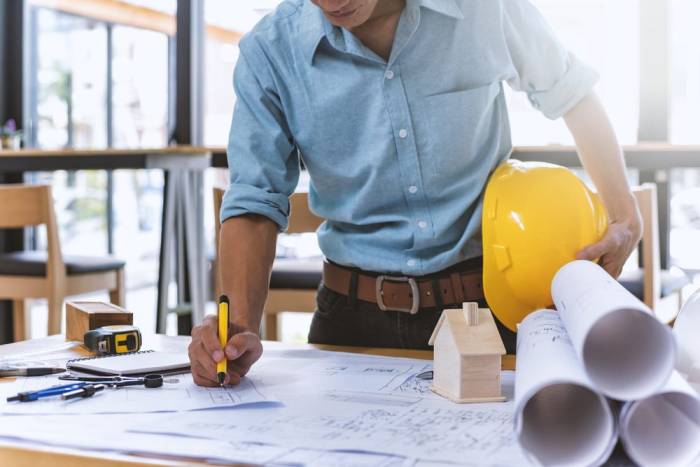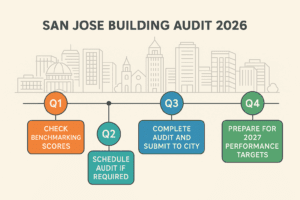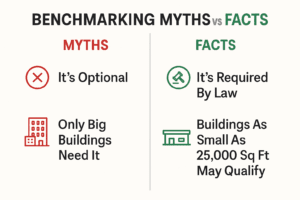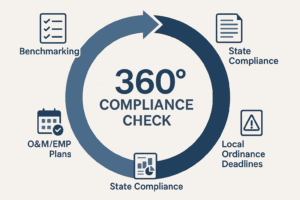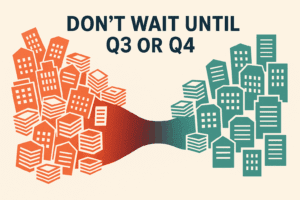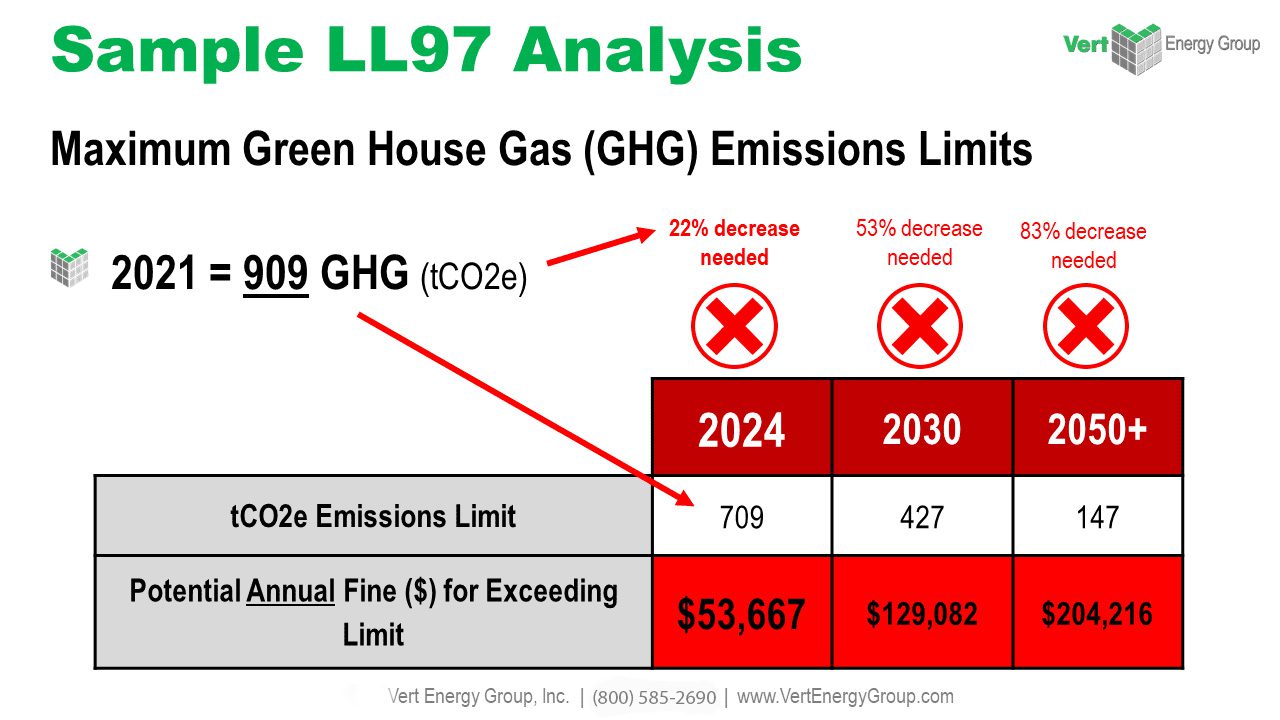I. Introduction
The construction industry is at the forefront of a global shift towards sustainability. As the world grapples with environmental challenges and increasing awareness of our impact on the planet, the construction sector has taken substantial strides in embracing sustainable construction practices. For contractors, understanding the fundamentals of sustainable construction has become not just a choice, but a necessity in today’s evolving landscape.II. The Key Principles of Sustainable Construction
Sustainable construction, at its core, is about creating structures and infrastructure that minimize their environmental impact, foster social well-being, and make economic sense in the long run. It’s a holistic approach that encompasses three key principles:a. Environmental Sustainability
Resource Efficiency: Sustainable construction revolves around efficient resource use. It means using materials judiciously, minimizing waste, and reducing the environmental footprint of construction projects. From responsible sourcing to construction waste management, contractors play a pivotal role in achieving resource efficiency.Minimizing Environmental Impact: Reducing the ecological footprint of construction projects is imperative. This involves minimizing pollution, conserving energy, and adopting construction techniques that protect natural habitats and ecosystems.
Renewable Energy Integration: Sustainable construction emphasizes the use of renewable energy sources. This involves the integration of solar panels, wind turbines, and other green energy solutions into building design to reduce reliance on fossil fuels.
b. Social Sustainability
Ensuring Health and Safety: Construction sites can be hazardous places, but ensuring the health and safety of workers is non-negotiable. Sustainable construction promotes safe working conditions and adheres to stringent safety standards.
Community Engagement: Building a sustainable future extends beyond construction sites. It means engaging with the local community, understanding their needs and concerns, and being a responsible neighbor throughout the construction process.
Local Sourcing: Sustainable construction often involves sourcing materials locally to reduce transportation emissions and support local economies. Contractors can make environmentally responsible decisions by choosing nearby suppliers and manufacturers.
c. Economic Sustainability
Cost-Efficiency: Some may argue that sustainable construction is costlier upfront, but it’s essential to consider the long-term economic benefits. Energy-efficient buildings, for example, result in lower operating costs over time, making them a financially sound choice.
Long-Term Economic Benefits: Sustainable construction is an investment in the future. Contractors should understand that the upfront costs are often offset by long-term savings, making sustainable projects financially viable and attractive.
Market Demand for Sustainable Buildings: As the demand for eco-friendly structures grows, contractors who specialize in sustainable construction are well-positioned to meet this market demand. Sustainable buildings often command higher resale and rental values, making them a lucrative choice in the real estate market.III. Sustainable Materials and Construction Techniques
 In the quest for sustainable construction, the choice of materials and construction techniques plays a pivotal role.
In the quest for sustainable construction, the choice of materials and construction techniques plays a pivotal role.
a. Selection of Eco-Friendly Materials
Recycled and Reusable Materials: Sustainable construction often involves the use of recycled materials or those with high recyclability. Materials like reclaimed wood, recycled steel, and reclaimed glass reduce the demand for new resources and minimize waste.
Low VOC Materials: Volatile Organic Compounds (VOCs) in building materials can harm indoor air quality. Sustainable construction opts for low VOC materials that emit fewer harmful substances, ensuring healthier living and working environments.
Sustainable Wood Sourcing: Responsible sourcing of wood is essential for maintaining forest health. Contractors can contribute by opting for certified sustainable wood from responsibly managed forests.
b. Energy-Efficient Building Envelopes
Insulation and Airtightness: Effective insulation and airtight building envelopes are key to reducing energy consumption. Well-insulated structures keep indoor temperatures stable and minimize the need for heating and cooling, leading to energy savings.
Passive Solar Design: Harnessing natural sunlight for heating and daylighting is a hallmark of sustainable construction. Passive solar design maximizes the use of sunlight, reducing the need for artificial lighting and heating.
c. Sustainable Construction Methods
Modular Construction: Modular construction, where components are manufactured off-site and assembled on-site, reduces waste, accelerates construction timelines, and enhances precision.
Prefabrication: Prefabrication involves assembling building components in a factory and then transporting them to the construction site. This approach reduces waste and on-site disruption.
Green Roofing and Rainwater Harvesting: Sustainable construction embraces green roofing, which incorporates vegetation on roofs, and rainwater harvesting, which captures and reuses rainwater. These techniques help manage stormwater and reduce the urban heat island effect.
IV. Waste Management and Recycling
Construction generates a significant amount of waste, but sustainable practices aim to minimize it.a. Construction Waste Challenges
Construction waste includes materials like concrete, wood, and insulation, which can harm the environment if not managed properly. It’s imperative to recognize the challenges and the need for responsible waste management.b. Strategies for Minimizing Waste
Reuse and Salvage: Rather than discarding materials, contractors can explore opportunities for reuse and salvage. This not only reduces waste but also saves money.
Recycling Programs: Implementing recycling programs on construction sites encourages the separation and recycling of materials like concrete, metal, and wood, thereby diverting waste from landfills.c. Benefits of Effective Waste Management
Efficient waste management not only reduces the environmental impact of construction but also enhances the reputation of contractors. Clients and investors increasingly favor contractors who demonstrate a commitment to sustainable and responsible construction practices.V. Energy Efficiency and Renewable Energy Integration
Efficient energy usage is a cornerstone of sustainable construction.a. Efficient HVAC Systems
Heating, ventilation, and air conditioning (HVAC) systems are significant energy consumers in buildings. Sustainable construction promotes the use of energy-efficient HVAC systems to minimize energy consumption and greenhouse gas emissions.b. Lighting and Control Systems
Energy-efficient lighting systems, including LED technology, and smart control systems that adapt to occupancy and natural light levels help reduce energy usage in buildings.c. Solar Panels and Other Renewable Energy Sources
Solar panels are an increasingly popular addition to sustainable construction projects. They harness the power of the sun to generate electricity, reduce energy costs, and lower the building’s carbon footprint. Additionally, contractors can explore other renewable energy sources, such as wind turbines and geothermal heating and cooling systems, depending on the project’s location and requirements.d. Energy Performance Monitoring
Contractors can play a vital role in ensuring that buildings meet their energy efficiency goals. Implementing energy monitoring systems allows for ongoing performance evaluation and optimization, ensuring that the building continues to operate efficiently throughout its lifecycle.VI. Water Conservation and Management
Sustainable construction isn’t limited to energy efficiency; water conservation and management are also integral components.a. Low-Flow Fixtures
Low-flow fixtures, such as toilets, faucets, and showerheads, are designed to reduce water consumption. They help save water, lower utility bills, and contribute to a more sustainable water infrastructure.b. Greywater Systems
Greywater systems recycle water from activities like washing hands, doing laundry, and bathing. By treating and reusing this water for non-potable purposes like landscape irrigation, sustainable construction reduces the demand for freshwater sources.c. Stormwater Management
Managing stormwater runoff is crucial for preventing flooding and water pollution. Sustainable construction projects often include features like permeable pavements and retention basins that help manage stormwater and promote natural filtration.d. Sustainable Landscaping
The exterior of a sustainable building is as important as the interior. Sustainable landscaping uses native and drought-resistant plants, reducing the need for irrigation. It also focuses on soil health and erosion control, fostering a balanced ecosystem around the building.VII. The Role of Contractors in Promoting Sustainable Construction
 Contractors play a central role in advancing sustainable construction.
Contractors play a central role in advancing sustainable construction.
